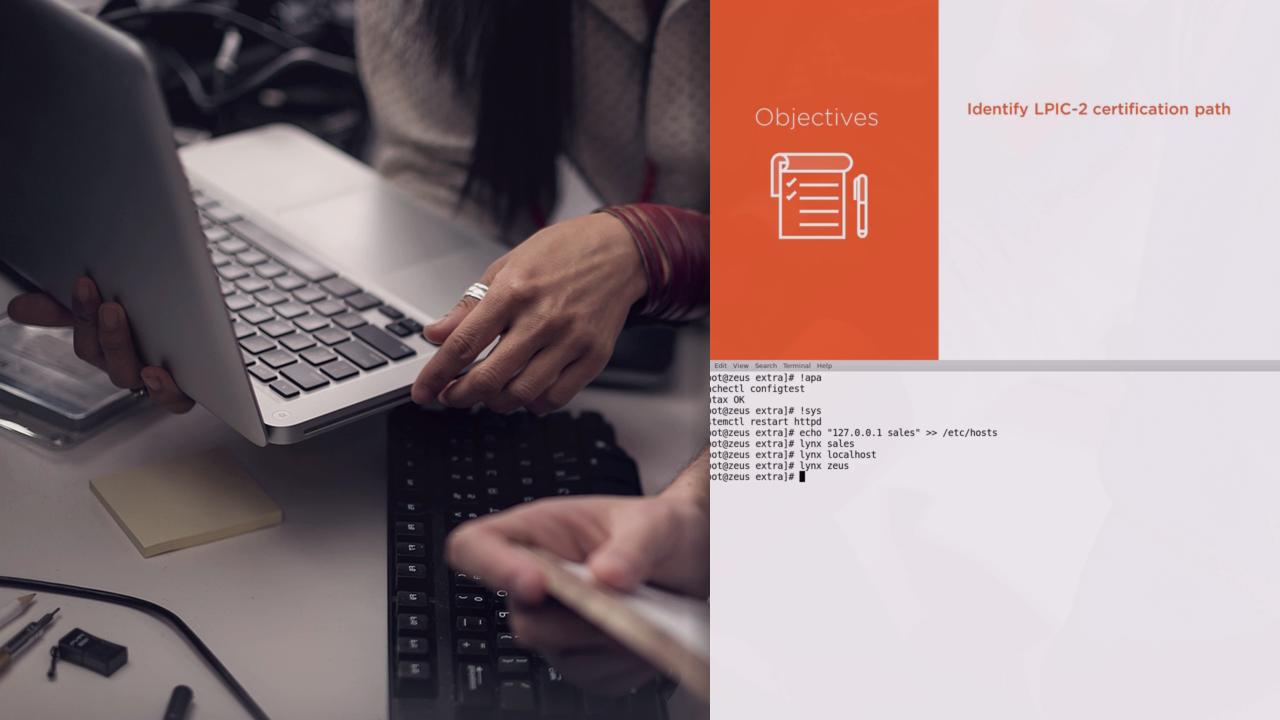- Course
Linux: Managing Web Services (LPIC-2)
This course will cover managing Apache and Nginx Web Servers and the Squid Web Proxy for both the exam and for real life.

- Course
Linux: Managing Web Services (LPIC-2)
This course will cover managing Apache and Nginx Web Servers and the Squid Web Proxy for both the exam and for real life.
Get started today
Access this course and other top-rated tech content with one of our business plans.
Try this course for free
Access this course and other top-rated tech content with one of our individual plans.
This course is included in the libraries shown below:
- Core Tech
What you'll learn
We all need Web Servers and as a Linux Administrator you are sure to come across the need of managing and deploying them. In this course, Linux: Managing Web Services (LPIC-2), you will first learn how to configure Apache Virtual Hosts. Next you'll learn how to configure PHP and Perl on Apache. Finally, you'll wrap up the course by learning how to configure HTTPS enabled and protected sites. By the end of the course, you will be confident in deploying Apache, NGINX, and Squid services.

